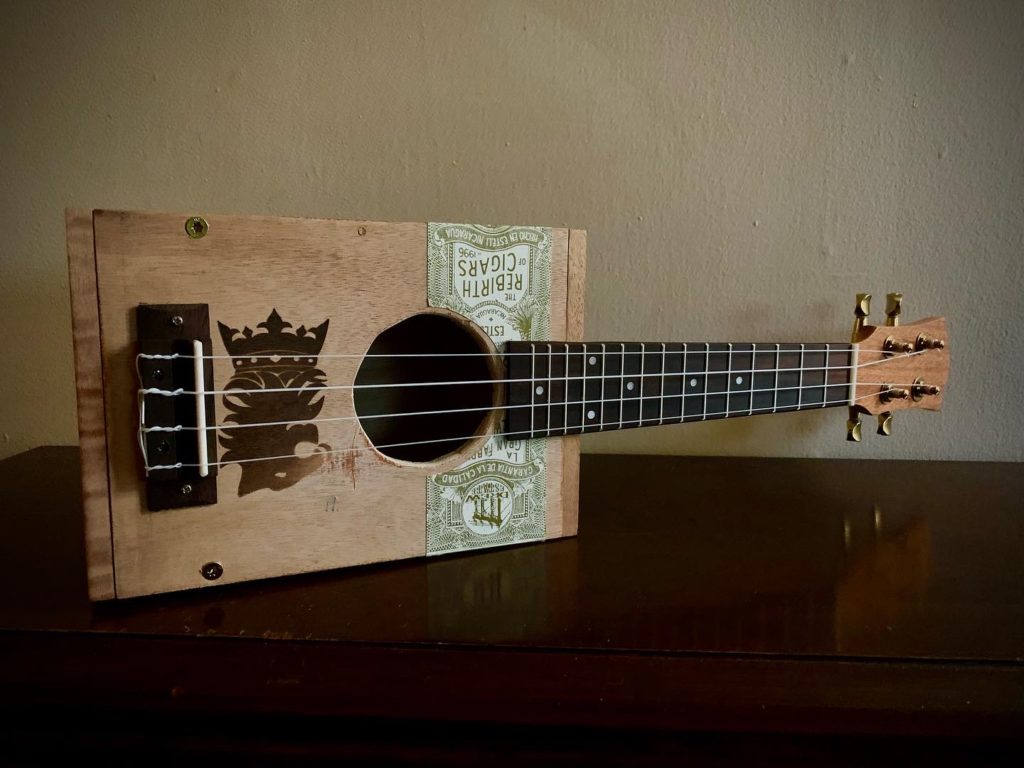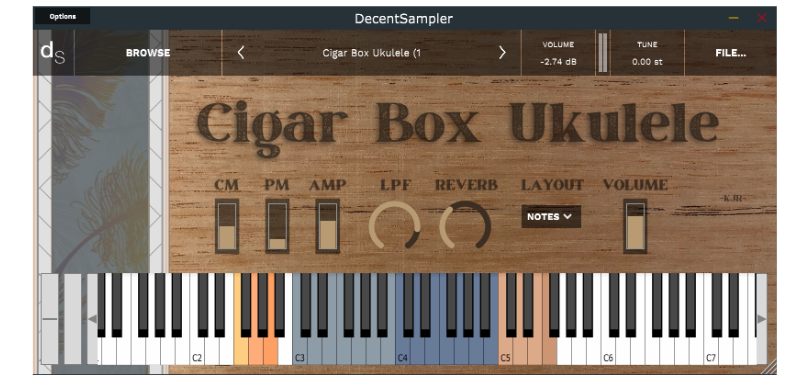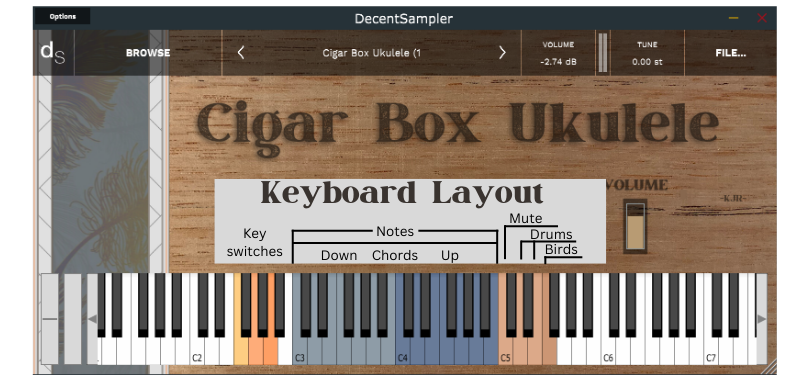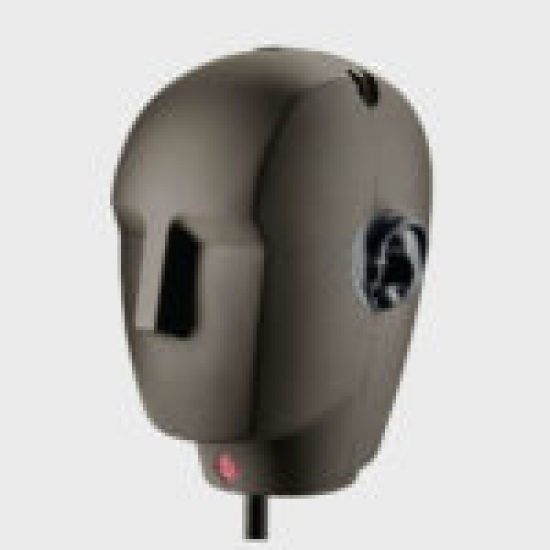
The story
I was inspired to build this after watching others build their own unique and interesting instruments online. The building process did not go as planned but the end result seemed to work out just fine. I will say this, it felt really good putting work into an instrument rather than just purchasing one.
I hope you enjoy!
This pack contains over 450 samples with 3 round robins for each note, minus the “Backyard Aviary” sample, which is a single 30 second sample.
UPDATE VERSION 1.1
Major and minor chords are mapped on the same keys (C4-B4) and can be switched using interface control or key-switches (CC-55,CC-57). Also retuned E major chord samples.
UPDATE: VERSION 1.2
New samples recorded using a condenser and a piezo mic. The samples were then blended together and sent through a TEAC AR-40S amplifier to create a 3rd group.
Each “mic” group has its own volume control (CM, PM, AMP) to easily blend them together for a unique sound.
New samples added including a second octave of notes, up strummed chords and miscellaneous sounds. The misc. sounds include two “drum” sounds created by hitting the Ukulele body in two different spots as well as a muted strumming sound.
The last sample included is a “Backyard Aviary” sample. This sample was recorded this summer in my backyard and includes many well-known Eastern Montana birds.
All miscellaneous sounds were recorded in the same way as the ukulele, giving you a unique sound depending on your “mic” levels.
The new “Volume” slider is a global volume controller which is used to maintain a usable volume while blending different “mic” groups.
Lastly, there is a new key-switch system to change the layout from Notes, Major chords and Minor chords.
Version 1.2 Demo
Interface


Reviews for Cigar Box Ukulele
- Sound
- Character
- Playability
- Inspiration
- GUI
Leave a review to let others know what you thought of the instrument!
CocoRosie
I loved the addition of the soundscape sample, it immediately reminded me of CocoRosie as I played along with the birds.
The key switching is really handy for switching between chords.Small and simple
This is a fairly simple box ukelele instrument that features 2 different sections, the singles and the chords. The singles are just one octave long. They are punchy, responsive and it's best for the user to play/programm them in a staccato fashion, in order to avoid building up some white noise.
There is also the chord section that is basically downstrokes of some basic chords, though they are mapped in a very confusing way. Once you figure it out, it still doesn't a lot make sense. They could definitely be laid on the keybed in a different way, but at least they work just fine.
A Simple, Bright, Useful Ukulele
The Library
-------------
A sampled cigar box ukulele - simple, bright - use this to cut through the mix!The Samples
----------------
12 single notes (C3-B3) - sampled mono L & R, 3 round-robins each.
14 chords (various) - sampled mono L & R, 3 round-robins each.
12 x 2 x 3 + 14 x 2 x 3 = 156 samples total.The samples were recorded with very little noise, and at a decent gain. Thank you!
The Instrument
------------------
This library has a very clean/minimal GUI, with just tone/reverb knobs.
It is set up to play the single notes from C3 to B3, and the chords from C4 to D5.What I Liked
---------------
As I mentioned at the top, I like the clean/bright tone of the instrument (I keep the 'tone' knob near the max). It has a characterful sound, and is certainly usable in a broad range of genres.What I Would Want
-----------------------
The chords are laid out in a very odd way, to me.
The white notes are C, D, 'Eb', F, G, A, B, Bm, Em.
(Note - the samplist stated 'E', but the 'E' samples ring out @ 'Eb'.)
The black notes are Cm, Dm, Fm, Gm, Am.Confusing to me, maybe others...?
Samplist, maybe do this? Let each note C4-B4 hold its own chord. And then, use a keyswitch on C2 to switch from 'maj' to 'min'.
Use DS to stretch down a half-step for any chord you did not record. That's not too far!Overall - a nice library! Thanks, Kyle!



